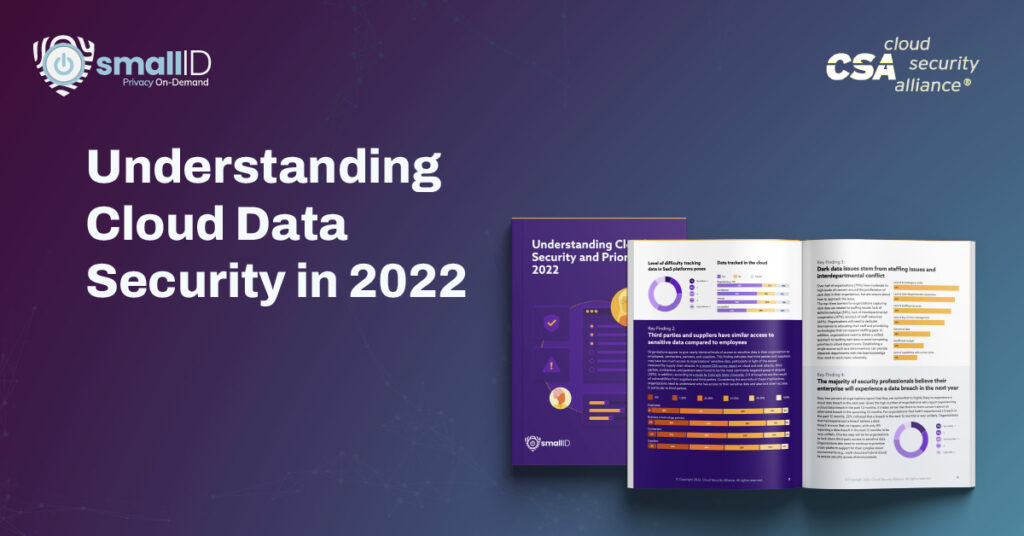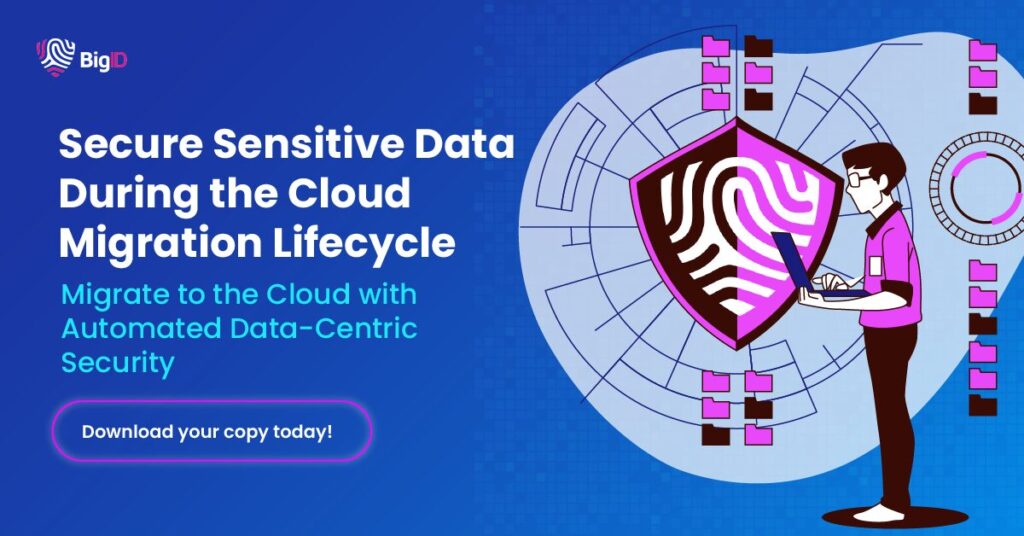Cloud Identity and Access Management Defined
In today’s digital landscape, managing identities and access controls is vital. Cloud Identity and Access Management (Cloud IAM) manages digital identities, roles, and permissions within a cloud computing environment. It allows businesses to govern access to resources by defining who can access what and under what conditions.
Why is Cloud Identity and Access Management Important?
Cloud IAM is critical for data security because it helps organizations protect sensitive data by enforcing strict access controls, ensuring that only personnel with the right authorization levels can get to critical systems and information. This helps to prevent unauthorized access, data breaches, and other incidents.
Additionally, IAM enables organizations to meet regulatory compliance requirements by ensuring that user access to sensitive data is monitored, audited, and controlled. It also allows for centralized management of user accounts and authentication, making it easier to manage user access across multiple cloud services and platforms. Overall, IAM is an essential component of any comprehensive cloud security strategy.
Consider the Cloud Security Stats
According to the 2021 Cloud Security Report by Cybersecurity Insiders, 58% of organizations reported experiencing at least one cyber incident in the past year, with misconfigured servers, data breaches, and account hijacking being the most common types of incidents.
A 2021 report by Idaptive found that 66% of organizations have experienced an IAM-related incident in the past two years, and 55% believe that their current identity management solution is insufficient to protect against modern threats.
Another report by Netskope found that in 2020, 34% of all cloud security incidents involved the misconfiguration of IAM policies or user permissions.
These statistics highlight the importance of implementing strong cloud IAM policies and controls to prevent unauthorized access to sensitive data and reduce the risk of security incidents.

User vs Non-People Identities in the Cloud
There are two types of identities in cloud environments: user and non-people identities.
User identities are associated with human users who require access to resources such as applications, data, and services. These user identities are typically authenticated using a username and password, and may also use multi-factor authentication for added defense. User identities are managed using identity and access management (IAM) solutions, which allow administrators to manage user access to cloud resources.
Non-people identities, on the other hand, are associated with machines, applications, and other non-human entities that require access to these resources. Non-people identities are typically authenticated using tokens, certificates, or other machine-to-machine authentication methods. These identities are often used for automated processes and system-to-system communication, such as API calls.
Managing non-people identities requires a different approach than managing user identities, as these identities typically don’t have a human operator that can provide input or respond to authentication requests. Instead, non-people identities are often managed using machine-readable identity documents such as JSON Web Tokens (JWTs) or SAML assertions. Access and permission management solutions may also support role-based access control (RBAC) for non-people identities, allowing administrators to grant access based on the specific roles and clearances assigned to each identity.
In summary, user identities are associated with human users and are managed using IAM tools, while non-people identities are associated with machines and applications and are managed using machine-to-machine authentication methods. Both types of identities are important for securing cloud infrastructure and must be managed effectively to prevent unauthorized access to sensitive data and resources.
Face the Challenges of Cloud IAM
While IAM is crucial for securing cloud environments, organizations may face several challenges when implementing IAM in the cloud. Here are some of the common challenges:
- Complexity: Environments in the cloud can be complicated, with multiple services, applications, and platforms. Managing access and identities in such an environment can be challenging, especially when dealing with different identity providers, authentication protocols, and access policies.
- Integration: Integrating IAM with existing IT systems can be challenging, especially when dealing with legacy systems that don’t support modern authentication protocols.
- Scalability: As organizations move more workloads to the cloud, the number of users, devices, and applications that need to be managed can grow rapidly. IAM services must be able to scale to accommodate this growth and handle the increased load on authentication and authorization processes.
- Security: Cloud IAM systems are prime targets for cyber attacks, and a single data breach can compromise an entire organization’s infrastructure. Therefore, IAM systems must be designed with cyber safety in mind, incorporating measures such as multi-factor authentication, strong password policies, and access controls.
- Compliance: These systems must comply with industry and regulatory standards such as GDPR, HIPAA, and PCI DSS. Meeting these standards can be challenging, especially when dealing with sensitive data and multi-cloud environments or on-premises systems.
Addressing these challenges requires careful planning, the right tools and technologies, and a strong commitment to security and compliance.
Why Cloud IAM Adoption is the Future
Cloud IAM is useful across industries for several reasons, including:
- Enhanced Data Security: These solutions provide fine-grained access control policies, multi-factor authentication, and other measures to protect sensitive data in the cloud. This is crucial for industries that handle sensitive data such as healthcare, finance, and government.
- Improved Compliance: Cloud IAM can help organizations comply with various regulations such as HIPAA, GDPR, and PCI DSS. Identity and access managers can help organizations meet regulatory compliance requirements by controlling access to sensitive data.
- Streamlined Access Management: Access management tools can provide a centralized platform for managing a user’s identity and access across multiple services, applications, and platforms, using a single sign-on. This can help organizations improve operational efficiency and reduce the risk of human error.
- Better Governance: Organizations can use these solutions to enforce and manage access policies, monitor user activity, and generate audit logs. This can help them improve governance and reduce the risk of security incidents.
- Flexible Deployment: Cloud IAM solutions can be deployed across different platforms and services, providing a consistent approach to access management. This can help organizations scale their cloud infrastructure and support their business growth.
Overall, cloud IAM is useful across industries for enhancing data security, improving compliance, streamlining access management, enabling better governance, and providing a flexible deployment model. This can help organizations reduce risk, improve operational efficiency, and support business growth.
Accelerate Cloud IAM with BigID
BigID is an industry-leading platform for data privacy and protection, offering unique solutions for organizations to manage their data through every step of its lifecycle. Using advanced AI and machine learning, BigID automatically scans, identifies, and classifies sensitive data in all its forms, both on-prem and in the cloud. Using next-gen automation, BigID offers comprehensive visibility and helps you get more value from your data.
BigID’s Security Suite offers a range of tools to help manage and streamline cloud IAM, enabling organizations to better manage their cloud environments and ensure that they only grant access to their most sensitive data to the right people. The Access Intelligence App allows you to identify and remediate high-risk data access issues at scale. Implement a least-privilege model, discover over-exposed user access and take the right action to mitigate risk across your entire data landscape.
To accelerate your cloud IAM efforts and proactively safeguard your enterprise data— schedule a 1:1 demo with BigID today.


